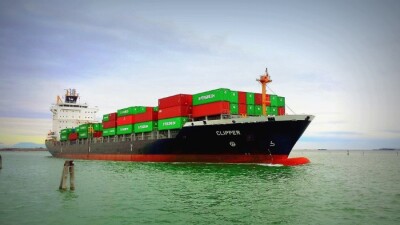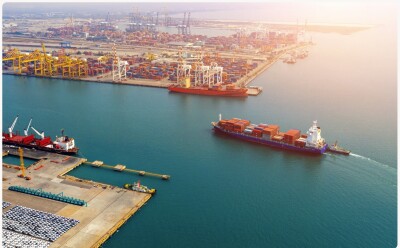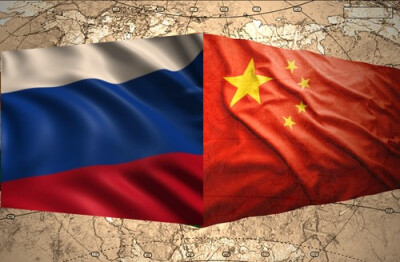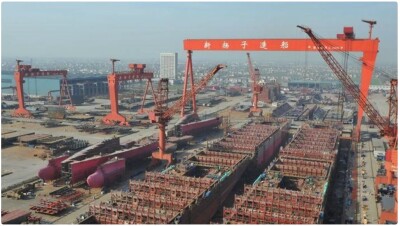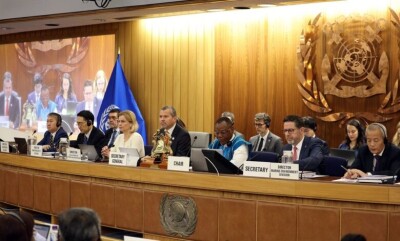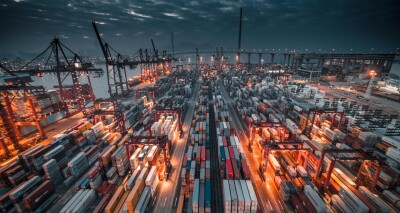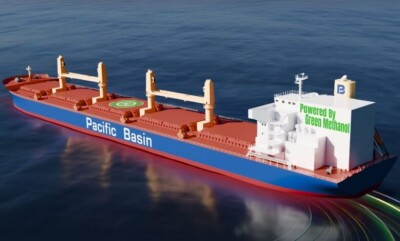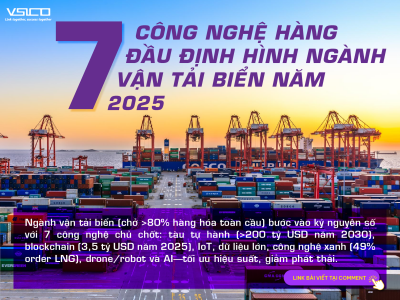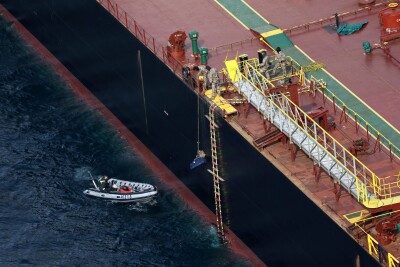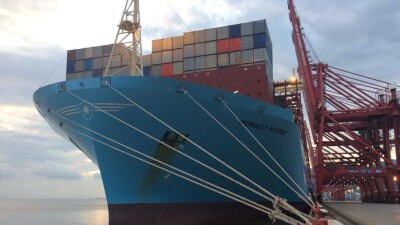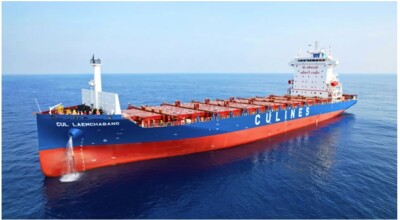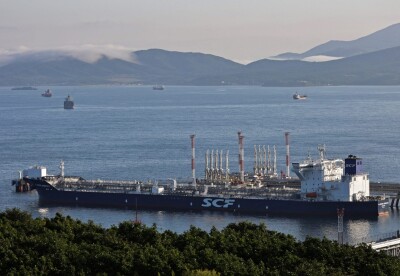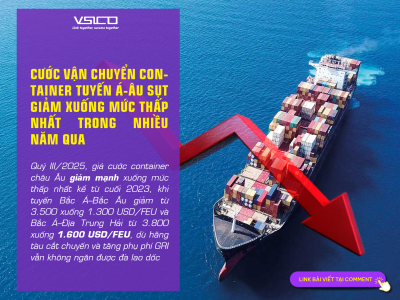Vietnam’s ports chart new course
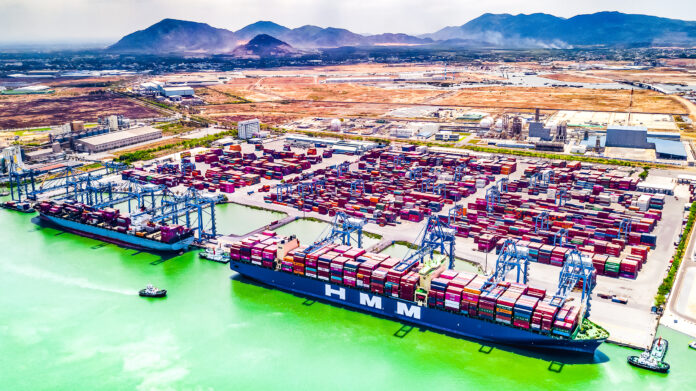
Haiphong and Ho Chi Minh City emerge as critical nodes in reshaping supply chains, while geopolitical tensions fuel unprecedented export boom.
Vietnam’s bustling container ports are writing a new chapter in global trade, one that reveals how mid-sized economies can capitalize on great power rivalries and supply chain anxieties that have gripped boardrooms from Silicon Valley to Stuttgart
In the first nine months of 2025, Vietnam shipped US$112 billion worth of goods to the United States, a staggering 27% increase from the previous year. This surge comes despite Washington slapping a 20% tariff on Vietnamese imports, a policy measure that would typically dampen trade flows.
Vietnam responded to the tariff threat by rapidly increasing their use of local materials a strategy that simultaneously dodged import duties and strengthened Vietnam’s domestic manufacturing ecosystem.
What’s unfolding at Vietnam’s three major ports, Haiphong, Ho Chi Minh City, and Da Nang, reflects a fundamental recalibration of global manufacturing. As multinational corporations implement “China+1” strategies to diversify beyond concentrated Chinese production, Vietnam has emerged as the prime beneficiary.
Haiphong, serving the industrial heartland around Hanoi, saw its connectivity index surge from 609 to 634 in the first three quarters of 2025, the strongest performance among Vietnam’s major facilities. The port now handles an increasingly sophisticated cargo mix, electronics, machinery, and automotive components destined for American consumers and European factories.
Ho Chi Minh City’s port delivered steadier, if less dramatic, growth. Its connectivity index climbed from 591 to 607, reflecting the mature facility’s role as Vietnam’s most diversified maritime gateway.
Da Nang, however, struggled. Despite a mid-year recovery attempt, the central Vietnamese port’s connectivity declined 3.16% overall, exposing the gap between Vietnam’s top-tier facilities and regional competitors lacking robust hinterland connections.
Vietnam isn’t simply riding the US-China trade war tailwinds. Hanoi is methodically positioning itself as Southeast Asia’s commercial crossroads.
Bulgaria upgraded relations with Vietnam to a strategic partnership this year, with bilateral trade jumping 15% in the first half of 2025 to nearly US$145 million.
More significantly, Pakistan and Vietnam plan to launch preferential trade agreement negotiations, potentially unlocking access to South Asia’s massive markets while strengthening Vietnam’s gateway role to ASEAN’s 600 million consumers.
Vietnam views these partnerships strategically as every agreement enhances its position as a regional hub, which translates directly into shipping volumes and port revenues.
The strategy appears to be working. Vietnam’s Ministry of Industry and Trade projects exports to the US could hit a record US$125-130 billion this year, cementing Vietnam as Washington’s second-largest Southeast Asian trading partner after Singapore.
Yet success brings its own challenges. All three major ports showed connectivity growth deceleration or stabilization in the third quarter, suggesting Vietnam’s maritime infrastructure is approaching capacity constraints.
The Communist Party’s ambitious target of 10% annual economic growth over the next five years will require substantial port expansion. Current facilities, built for a smaller manufacturing base, face increasing congestion as export volumes surge.
This infrastructure gap presents opportunities. Foreign investors and shipping lines are circling, recognizing that Vietnam’s ports represent critical chokepoints in emerging supply chains. The question is whether Vietnam can build fast enough to match demand.
Vietnam’s maritime surge carries implications beyond economics. Its deepening trade relationship with the United States provides Hanoi strategic leverage in regional security discussions, particularly regarding South China Sea disputes where Vietnamese and Chinese territorial claims overlap.
The challenge now is whether Vietnam’s infrastructure can keep pace with its ambitions.
News




